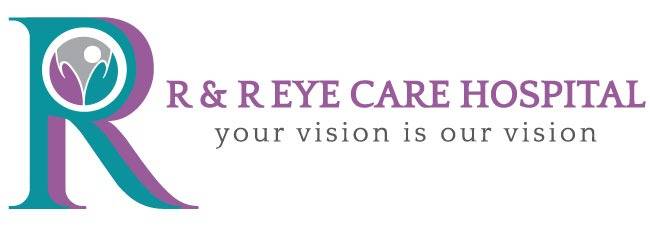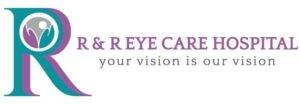Understanding Glaucoma: Risk Factors, Diagnosis, and Treatment Options
Glaucoma, often known as the silent thief of sight, is a group of eye conditions that damage the optic nerve, crucial for good vision. This damage is usually caused by abnormally high pressure in the eye. Understanding the risk factors, how its diagnosed, and treatment options can help manage or prevent vision loss.
1. Risk Factors
The risk of developing glaucoma increases with age, especially for those over 60. Family history, race (with higher prevalence in African Americans, Hispanics, and Asians), and certain medical conditions like diabetes and high blood pressure also play significant roles. Regular eye checks are essential as glaucoma often goes unnoticed until it’s advanced.
2. Diagnosis
Early detection through comprehensive eye exams is key to preventing glaucoma-related vision loss. Tests include measuring intraocular pressure (IOP), inspecting the drainage angle, assessing optic nerve damage, and testing the field of vision. These exams help in identifying the disease before it causes significant damage.
3. Treatment Options
While glaucoma damage is irreversible, treatments can halt further loss of vision. Options vary from medicated eye drops and oral medications to control eye pressure, to laser treatments and surgical procedures to improve drainage. Regular monitoring and adapting treatment plans are crucial for managing the condition effectively.
In conclusion, understanding glaucoma’s risk factors and symptoms can lead to early diagnosis and more effective management of the condition. Regular eye examinations are vital, especially for those at higher risk. With proper treatment, most people with glaucoma can maintain their vision and lead a normal life.




Leave A Comment